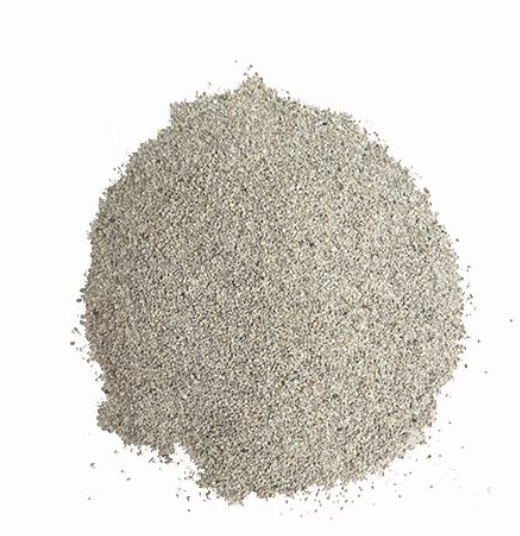Keanes
Grog - Fired Clay Particles
Grog - Fired Clay Particles
Couldn't load pickup availability
Share
Grog Grog is a term used in pottery to describe crushed, fired clay particles that are added to clay bodies. It serves various purposes in ceramic work, influencing both the properties of the clay and the final fired piece. Grog typically consists of finely ground, fired clay that has been crushed into different particle sizes.
Here are some key aspects of grog in pottery:
Texture and Structure - Grog is added to clay to enhance its texture and structure. The presence of grog adds a gritty or sandy feel to the clay body, which can make it more resistant to cracking and shrinkage during drying and firing.
Reducing Shrinkage and Warping - Grog helps to reduce the overall shrinkage of clay during the drying and firing processes. This can minimize the likelihood of warping or cracking, especially in larger or thicker pieces.
Enhancing Workability -Grog improves the workability of clay, making it easier to handle and shape. It provides stability to the clay, preventing it from becoming overly soft or sticky.
Open the Clay Body - Grog aids in "opening up" the clay body, allowing better circulation of air and moisture. This can be particularly important in high-fire ceramics, where it helps to reduce the risk of explosion during firing.
Increased Porosity -The presence of grog in a clay body increases its porosity, making it more breathable. This can be beneficial for certain techniques, such as hand-building or sculpture, where good structural integrity and reduced shrinkage are essential.
Temperature Resistance - Grog can enhance the thermal shock resistance of a clay body. This is particularly useful in functional pottery, such as cookware or ovenware, where the clay may be exposed to rapid changes in temperature.
Creating Texture in Glazes - In some cases, grog may be intentionally added to glazes to create interesting textures or speckling effects on the surface of the fired piece.
Different types of grog, with varying particle sizes and compositions, are available to potters, allowing them to choose the most suitable option for their specific needs and desired outcomes in a particular ceramic project.


